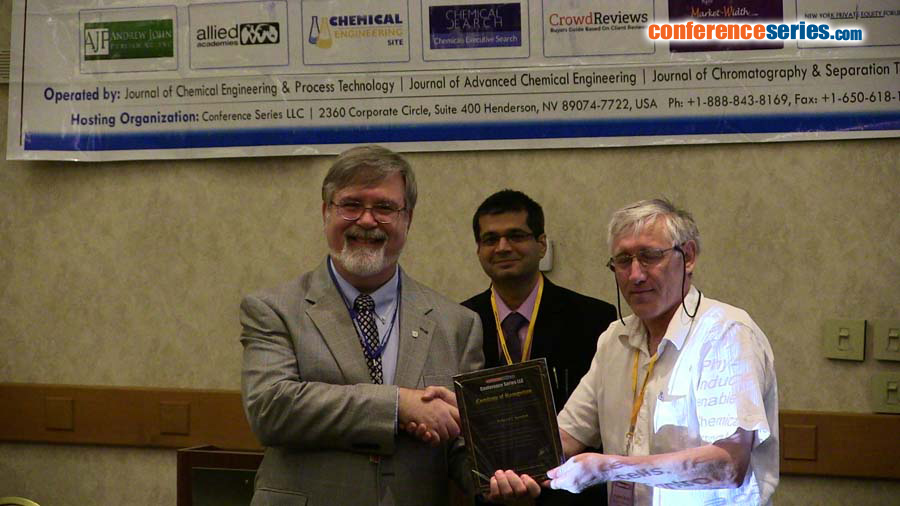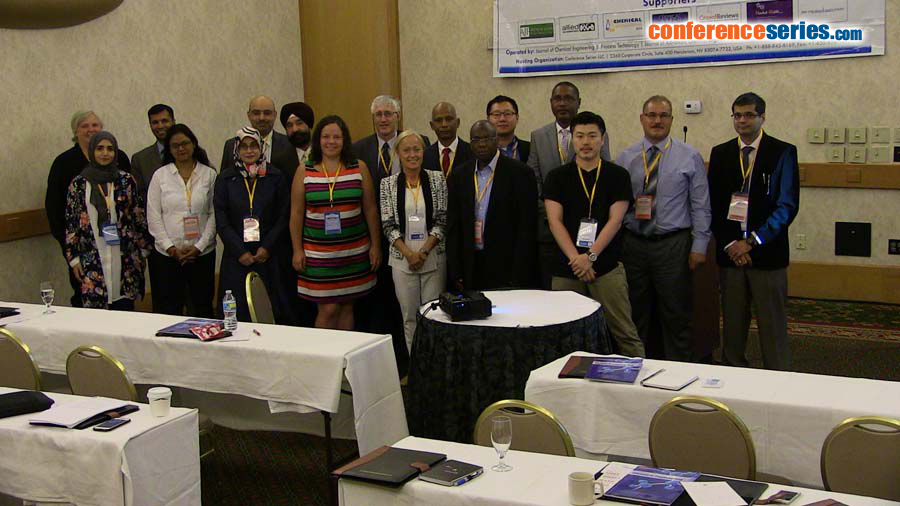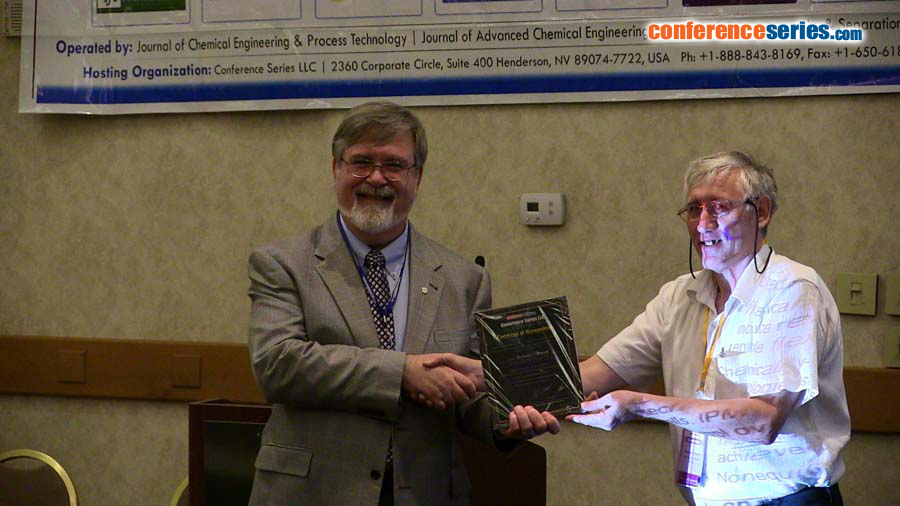
Richard J. Spontak
NC State University, USA
Title: Controlling the Morphological and Property Development in Network-Forming Multiblock Ionomers
Biography
Biography: Richard J. Spontak
Abstract
Block copolymers continue to capture the attention of the academic and industrial world due to their ability to self-assemble into a wide variety of "soft" nanostructures that are ideally suited for a broad range of diverse nanotechnologies. Thermoplastic elastomers (TPEs), such as triblock copolymers with glassy endblocks and a rubbery midblock, also possess elastic networks, and selective solvation of the rubbery midblock results in thermoplastic elastomer gels (TPEGs) with remarkable mechanical properties for dielectric elastomers, shape-memory systems, and flextronics. While most block copolymers are inherently nonpolar, functionalization of block copolymers can permit these materials to be used in polar environments. Sulfonation of block copolymers, for example, yields materials that possess amphiphilic properties. Combination of TPEs possessing a sulfonated midblock with a polar midblock-selective solvent produces a unique TPEG capable of forming a physical hydrogel. These materials are competitive candidates for electroactive media and photovoltaic devices. Unfortunately, the inherently high incompatibilities and glass transition temperatures of block ionomers prevent the use of thermal annealing, routinely employed to refine the morphologies of nonionic block copolymers. This presentation explores the morphological characteristics of midblock-sulfonated pentablock ionomers cast from solvents differing in polarity, followed by solvent-vapor annealing (SVA). Transmission electron microscopy confirms that films deposited from different solvent systems form non-equilibrium morphologies due to solvent-template, self-assembly and drying. A series of SVA tests performed with solvents varying in polarity reveals that exposing cast films to the vapor of a polar solvent constitutes the most effective SVA protocol, yielding the anticipated equilibrium morphology.




